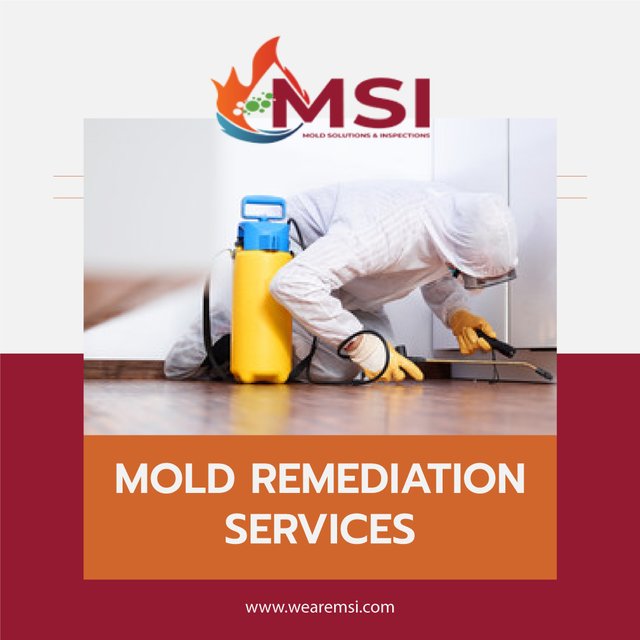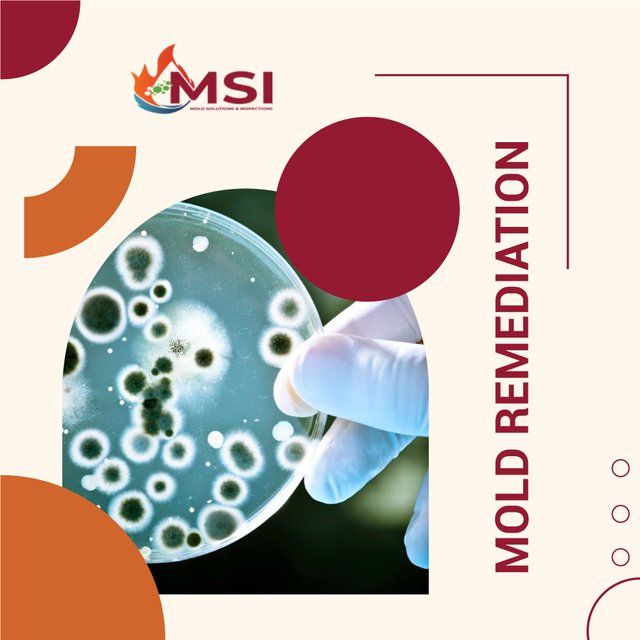Mold remediation is critical for addressing and eliminating mold growth in homes and buildings. Dehumidification plays a vital role in this process by controlling moisture levels and creating unfavorable conditions for mold growth. Let's explore the importance of dehumidification in mold remediation and how it helps restore a healthy indoor environment.
1. Controlling Moisture:
Mold requires moisture to thrive and reproduce. By implementing effective dehumidification strategies, the moisture levels in the affected area can be reduced, inhibiting mold growth. Dehumidifiers extract excess moisture from the air, lowering humidity levels and creating an unfavorable environment for mold spores to germinate and spread. Controlling moisture is essential for successful mold remediation, as it addresses the root cause of mold growth.
2. Drying Wet Materials:
Water damage often accompanies mold growth, leading to wet materials such as carpets, drywall, and furniture. These damp materials provide an ideal environment for mold to flourish. Dehumidification helps dry these materials effectively, preventing further mold colonization and minimizing the risk of structural damage. By removing excess moisture from affected materials, dehumidifiers facilitate the restoration process as well as support the elimination of mold.
3. Preventing Mold Spore Dispersal:
Mold spores are lightweight and also can easily become airborne, spreading to other areas of a property during the remediation process. Dehumidifiers play a crucial role in containing the spread of mold spores by reducing air humidity. Therefore, maintaining low humidity levels and dehumidification minimizes the chances of mold spores becoming airborne, thereby preventing cross-contamination and the potential reinfestation of previously unaffected areas.
4. Effectiveness of Mold Removal:
During mold remediation, affected surfaces need to be thoroughly cleaned as well as treated to remove existing mold growth. Dehumidification supports this process by creating an environment that inhibits mold regrowth. After reducing the moisture levels, dehumidifiers ensure that surfaces are dry as well as less prone to mold reinfestation, thus improving the effectiveness of mold removal efforts.
5. Maintaining Optimal Conditions:
Dehumidification is not a one-time solution but an ongoing process throughout the mold remediation as well as restoration phases. Professional mold remediation experts utilize moisture meters and hygrometers to monitor and also maintain optimal humidity levels during the remediation process. This monitoring ensures that the remediation efforts are practical and that the environment remains inhospitable to mold growth. Regular monitoring allows for adjustments in dehumidification strategies if necessary, as well as provides assurance that the mold remediation process is successful.
Dehumidification plays a critical role in mold remediation. Therefore, by implementing effective dehumidification strategies, mold growth can be halted, as well as a healthy indoor environment can be restored. If you're facing a mold issue, it's essential to consult with professional mold remediation experts who have the knowledge, experience, and equipment to effectively implement dehumidification techniques and ensure the success of the remediation process. With proper dehumidification, mold growth can be eliminated, and also your property can be restored to a safe and mold-free condition. If you need help in cleaning mold due to water damage or other causes, contact https://www.wearemsi.com today and talk with our experts!

